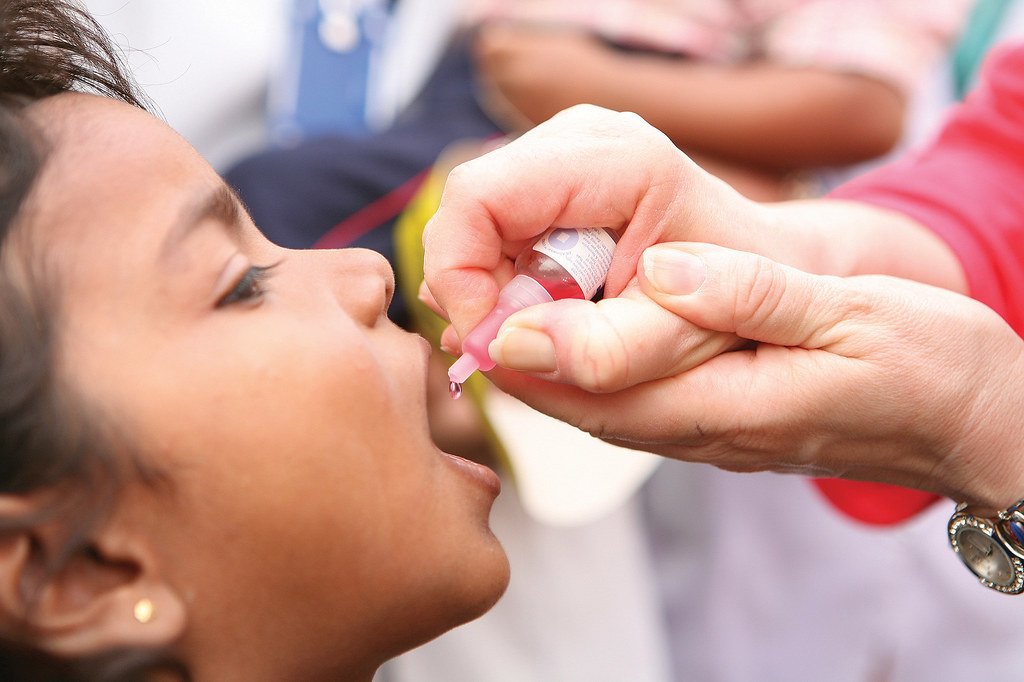If you had asked anyone a decade ago about polio, they might have told you it was a ghost from the past—a shadowy memory of iron lungs and crutches, a disease conquered by science and human determination. How could this ancient terror possibly return to our busy, modern cities? Yet, against all odds and expectations, polio has reappeared in places where people once believed it was gone forever. The news doesn’t just shock—it stirs up fear, confusion, and even a sense of betrayal. How did this happen? Why now? And most importantly, what does this say about our world, our science, and our shared vulnerabilities? Let’s unravel the surprising story of polio’s comeback, one chapter at a time.
The Forgotten Foe: What Is Polio?
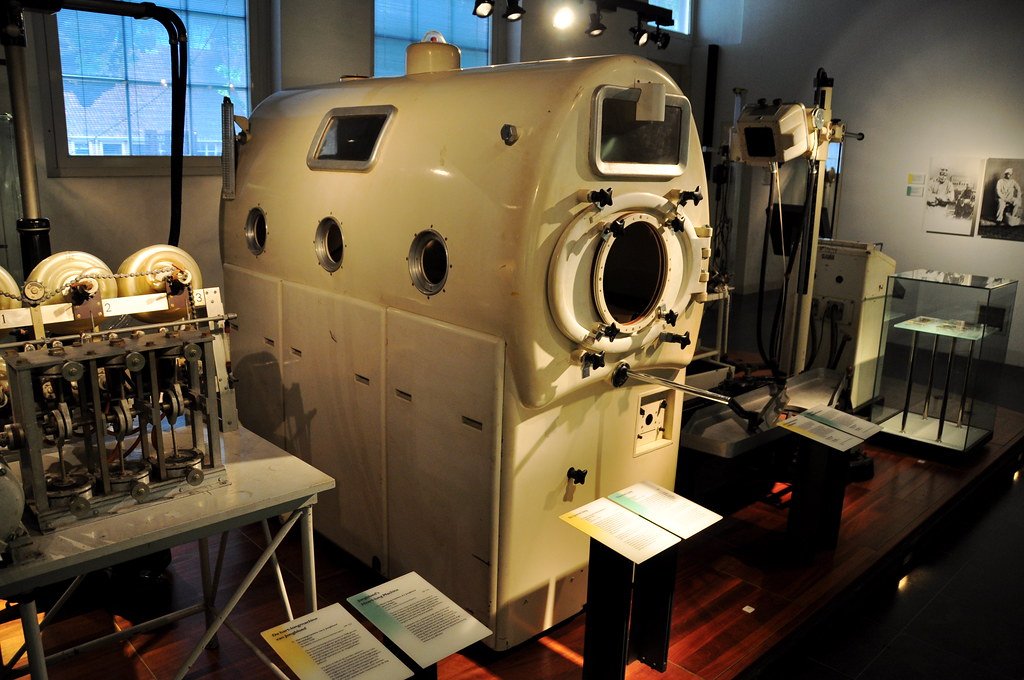
Polio, short for poliomyelitis, is a highly contagious viral disease that targets the nervous system. It can cause paralysis within hours, and in severe cases, it leads to lifelong disability or even death. Many people forget that, during the first half of the 20th century, polio was one of the most feared diseases on Earth. Children were especially vulnerable, and entire communities were thrown into panic at the slightest hint of an outbreak. Streets emptied, swimming pools closed, and parents kept their kids indoors, dreading the invisible threat. Polio’s signature—sudden paralysis—left lasting scars on families and entire societies.
Ghosts of the Past: Polio’s Near Eradication
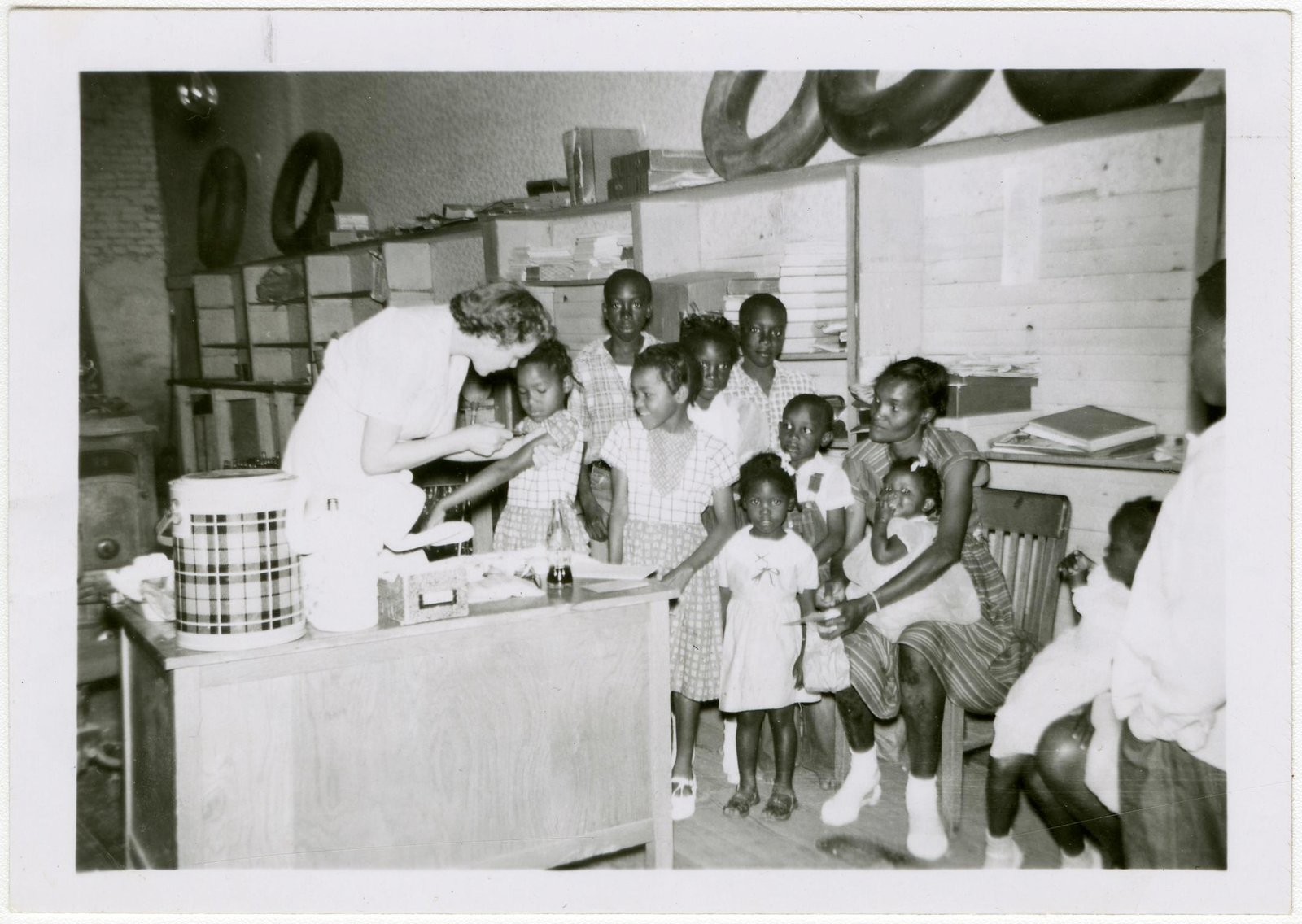
The story of polio’s decline reads almost like a fairy tale of modern medicine. In 1955, Jonas Salk introduced the first effective polio vaccine, sparking a wave of hope and relief. Later, Albert Sabin’s oral vaccine made immunization even more accessible. With massive vaccination campaigns, cases plummeted from hundreds of thousands per year to mere dozens globally by the early 2000s. For many, polio became a relic, a cautionary tale taught in history books. Celebrations echoed worldwide when countries declared themselves polio-free, and the world seemed to be on the brink of erasing this virus forever.
A Shocking Return: Recent Polio Outbreaks in Cities
Despite all the progress, polio has made a dramatic and unexpected return in recent years, even in places like London, New York, and Jerusalem. In 2022, traces of the virus were found in sewage samples from these cities, and isolated cases of paralysis appeared in young, unvaccinated people. The news was both shocking and deeply unsettling. How could a virus once beaten back to the brink of extinction resurface in our most advanced urban centers? For many, it felt like waking up from a comfortable dream into a world that was far less safe than they imagined.
Modern Life, Ancient Threat: Why Is Polio Back?
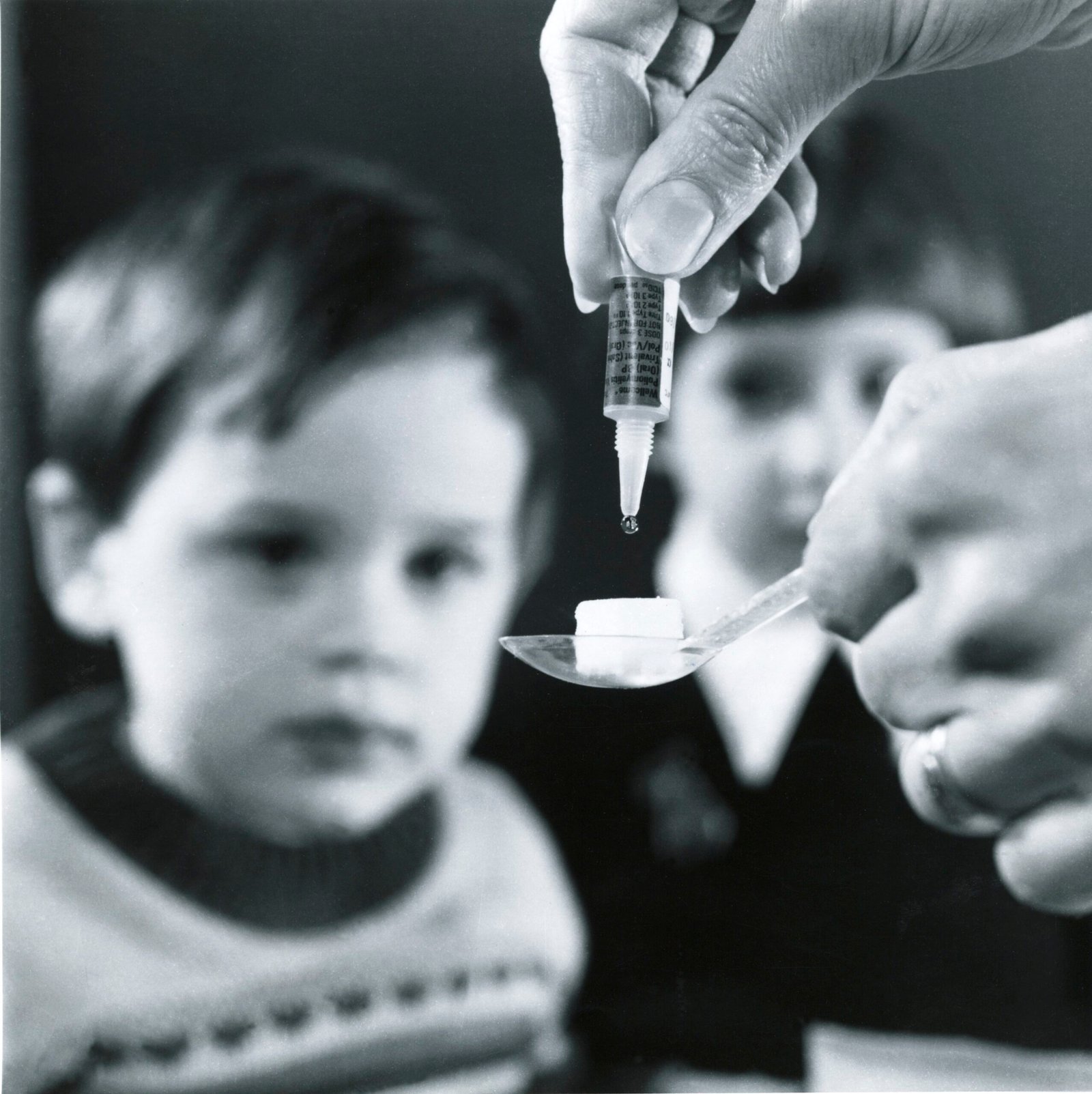
The reasons for polio’s comeback are complex and sometimes surprising. One key factor is lower vaccination rates, often fueled by vaccine hesitancy, misinformation, and complacency. In bustling cities, pockets of unvaccinated people can become breeding grounds for the virus. International travel and migration mean that a single case can quickly jump borders and continents. Add to this the reality that polio can silently circulate in communities for months before anyone shows symptoms, and you have the perfect recipe for a stealthy resurgence.
The Silent Spreaders: How Polio Moves Unnoticed
What makes polio so unnerving is its ability to spread quietly. About 70% of people infected with polio show no symptoms at all, yet they can pass the virus to others. Another 25% might have only mild, flu-like signs that never raise any alarms. Only a tiny fraction experience the devastating paralysis that made polio famous—and by then, the virus has often traveled far and wide. This silent transmission is especially dangerous in crowded cities, where people mix and move constantly.
Vaccine Hesitancy: A Modern Achilles’ Heel
Vaccine hesitancy has become a major stumbling block in the fight against polio. In some communities, misinformation about vaccines spreads faster than the virus itself. Social media amplifies rumors and conspiracy theories, making it harder for public health officials to convince people of the importance of vaccination. Even in places with easy access to vaccines, some parents choose not to vaccinate their children, thinking the risk is too small to matter. Ironically, it’s this very complacency that makes outbreaks possible.
Urban Densities: Cities as Viral Playgrounds
Cities pack millions of people together—sometimes cheek by jowl. Subways, buses, schools, and markets all become prime locations for viruses to jump from person to person. When vaccination rates dip even slightly in such environments, the risk isn’t just doubled—it’s multiplied many times over. The very things that make cities vibrant and exciting—their density, diversity, and constant movement—also make them vulnerable to old diseases making a comeback.
The Mutation Factor: Vaccine-Derived Polio
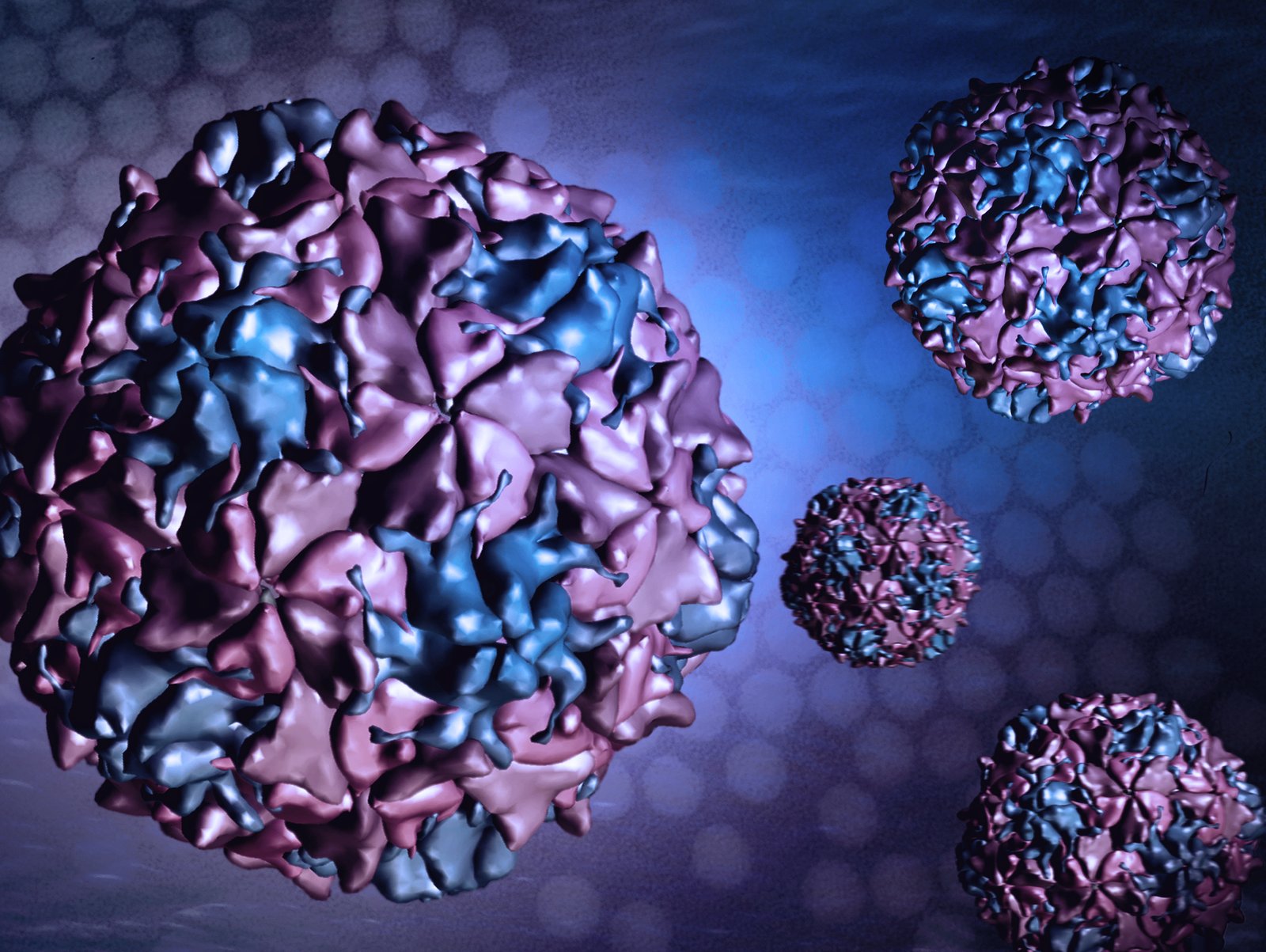
One of the most unsettling twists in the polio saga is the rise of vaccine-derived polio. The oral polio vaccine contains a weakened form of the virus, which can rarely mutate and regain the ability to cause paralysis. In communities with low vaccination coverage, this mutated virus can spread, leading to outbreaks that are, paradoxically, linked to the very tool used to fight polio. This complex reality makes the push for full vaccination even more urgent.
Global Travel: How Polio Crosses Borders
In our interconnected world, a virus can travel faster than ever before. Someone infected with polio in one country can hop on a plane and arrive in a city halfway around the world before anyone realizes there’s a problem. This is exactly how recent outbreaks have managed to surprise health authorities. The world’s tight-knit transportation networks, which bring people together for business and pleasure, also offer viruses a free ride to new territories.
The Role of Wastewater Surveillance
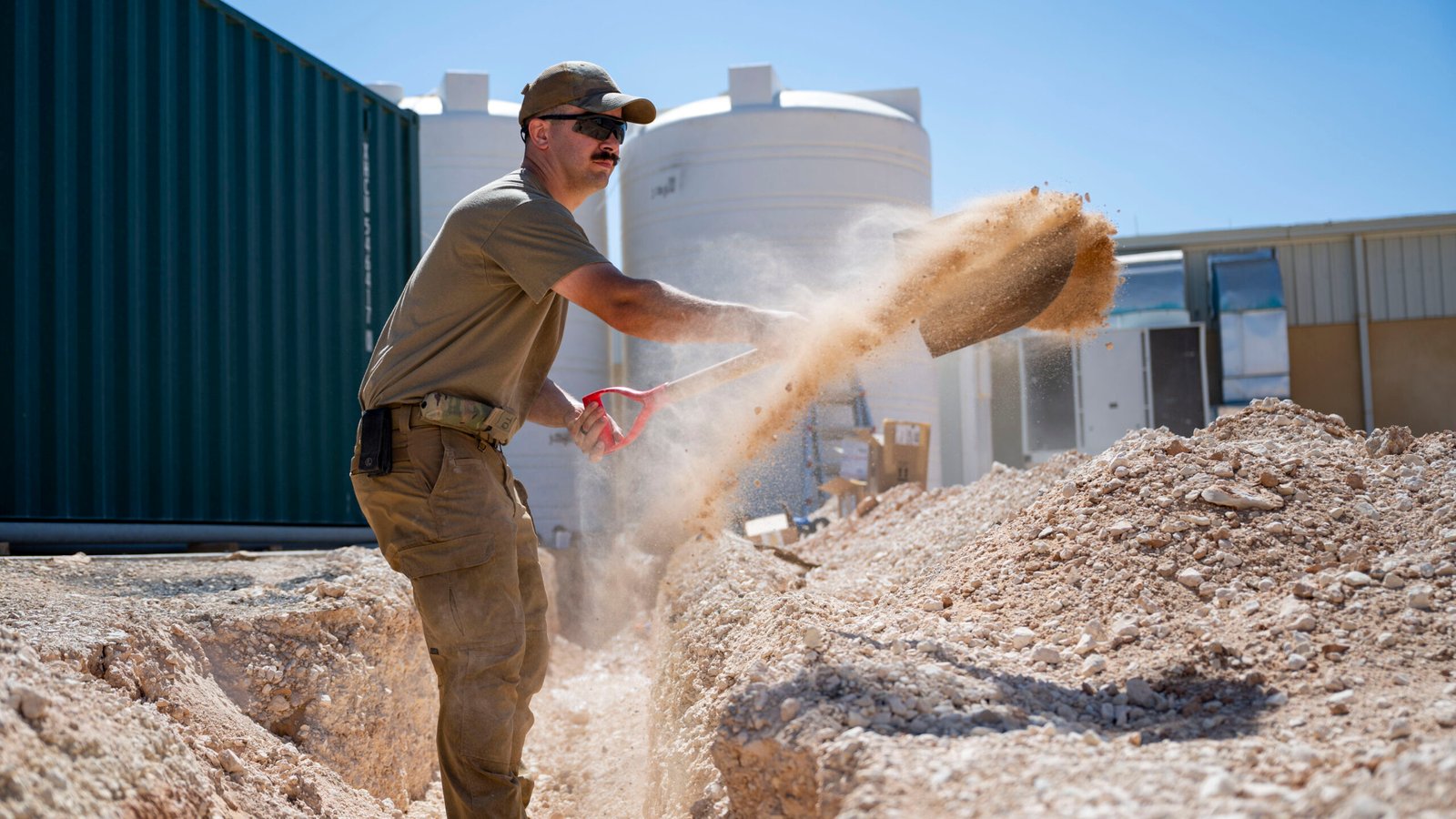
One of the most important scientific tools in detecting polio’s return has been wastewater surveillance. By testing sewage for traces of the virus, health officials can spot outbreaks before they explode into the open. In London, New York, and other cities, it was these hidden signals in the water system that raised the first red flags. This method allows for rapid responses, targeted vaccination drives, and a chance to stop the virus before it causes widespread harm.
Children at Risk: The Youngest Victims

Polio’s most tragic impact falls on children under five, who are the least able to protect themselves. Unvaccinated children are especially vulnerable, and even a single case of paralysis can signal that hundreds or thousands of others have been exposed. The thought of a child losing the ability to walk, play, or simply live without fear is enough to break any parent’s heart. That’s why even one case is treated as a public health emergency.
Lessons from History: Remembering the Iron Lung
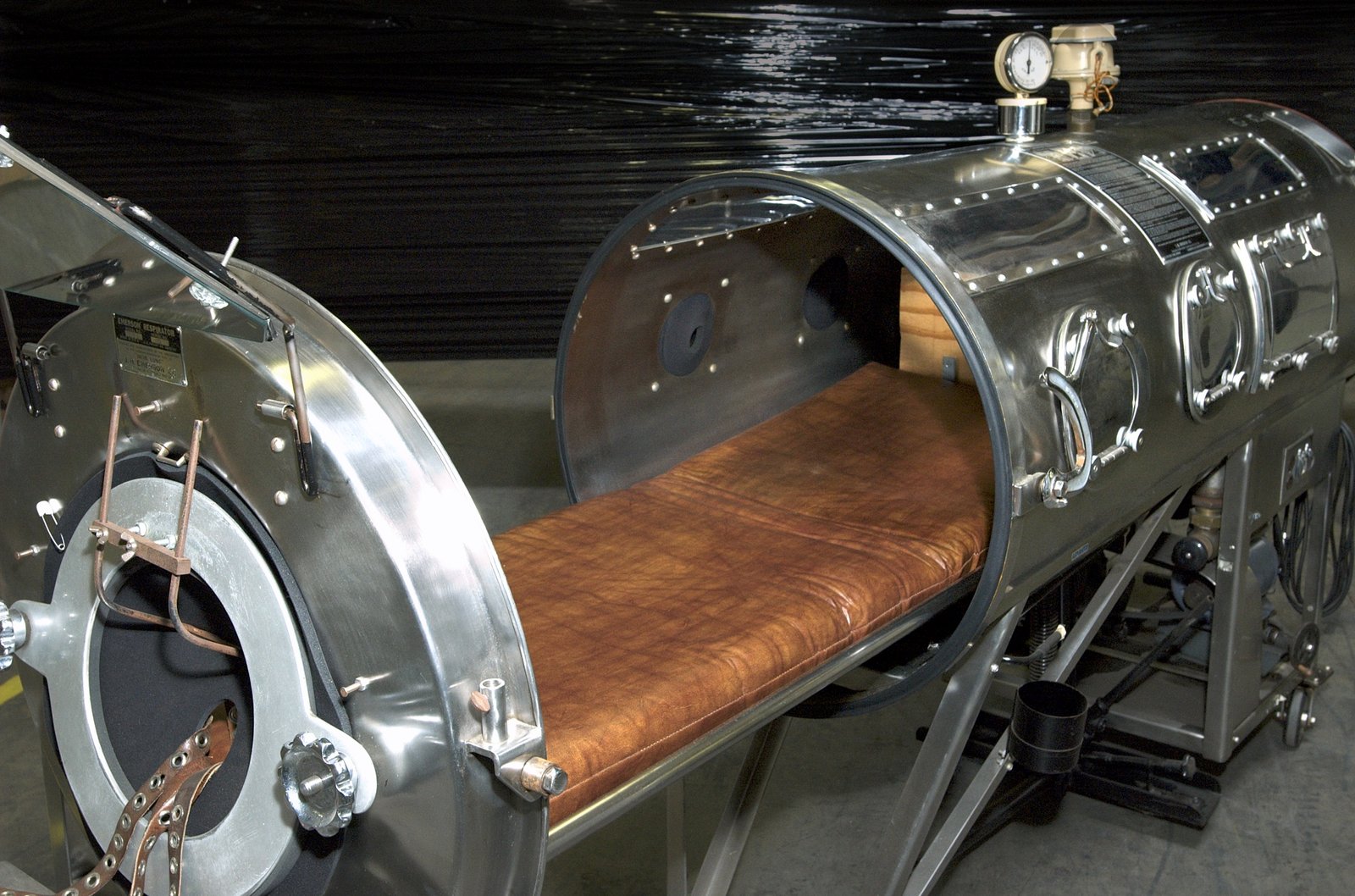
The iron lung, a mechanical respirator that saved countless lives, became a haunting symbol of the polio epidemics during the mid-20th century. Rows of children in iron lungs filled hospital wards, their futures uncertain. While these images belong to a different era, they remind us what is at stake when we let our guard down. The resurgence of polio is more than just a medical setback—it’s a powerful reminder of how quickly we can lose hard-won progress.
Real-World Stories: Families Affected by Polio’s Return
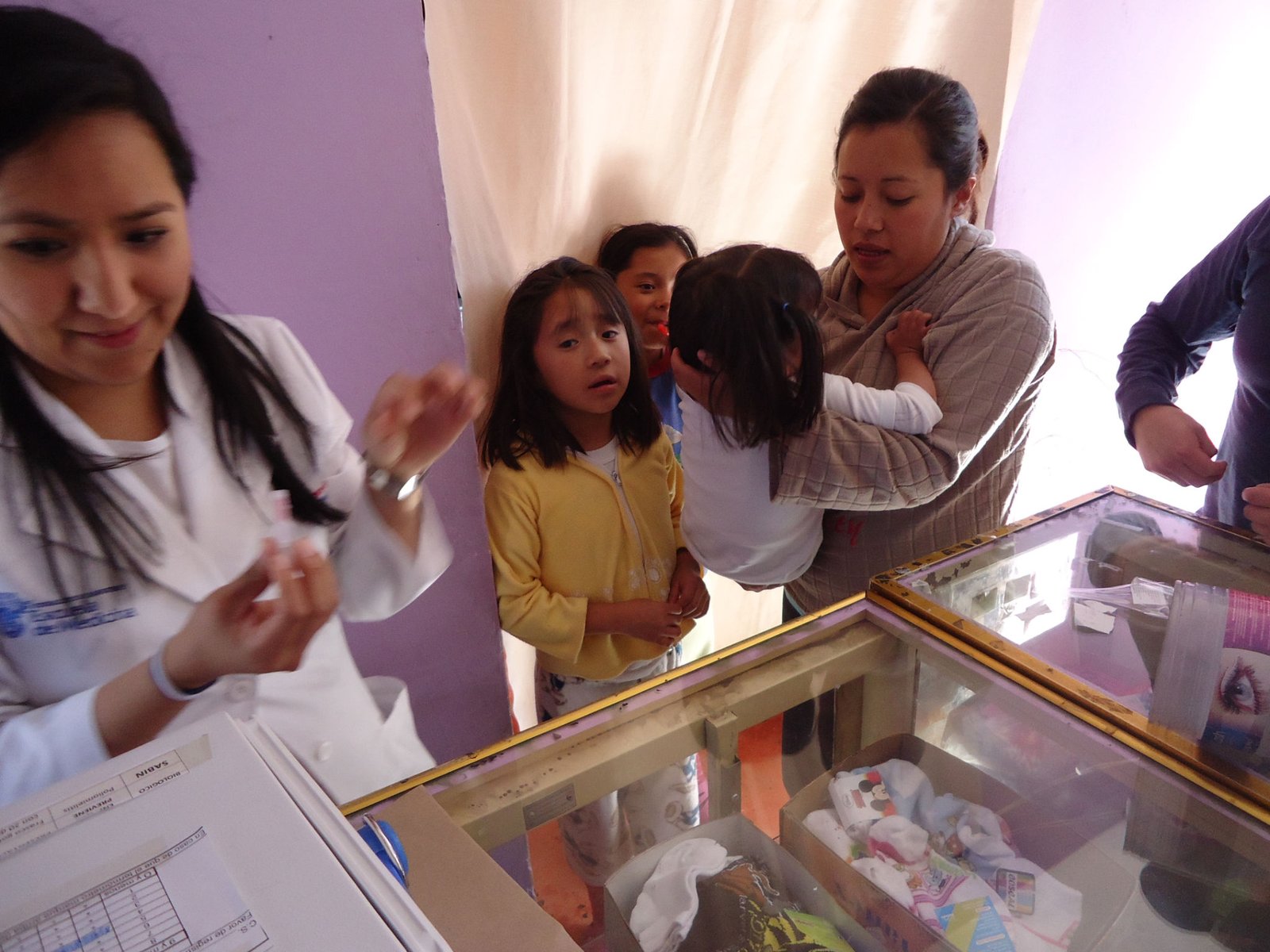
Recent outbreaks have brought heart-wrenching stories into the spotlight. In New York, the sudden paralysis of a young man who had never traveled abroad left his family stunned and searching for answers. In Israel, a neighborhood’s fear turned to action when children began to fall ill. These stories are more than statistics—they’re personal tragedies that ripple through entire communities, shattering the illusion that polio is a relic of the past.
Public Health on the Frontlines: Rapid Response Teams

When polio is detected, public health workers spring into action. They organize emergency vaccination campaigns, go door-to-door to educate families, and track the virus’s movements with scientific precision. It’s a race against time, fueled by both expertise and a deep sense of responsibility. These teams work long hours, sometimes facing resistance or fear, but their dedication often spells the difference between a contained outbreak and a full-blown crisis.
Herd Immunity: The Community Shield
Herd immunity is the invisible shield that protects even those who can’t be vaccinated—like infants or people with certain medical conditions. When enough people are immunized, the virus has nowhere to go. But if vaccination rates dip below a critical threshold, that shield cracks, and the virus can slip through. Maintaining herd immunity requires constant vigilance and a collective commitment to public health.
Science Strikes Back: New Vaccines and Research
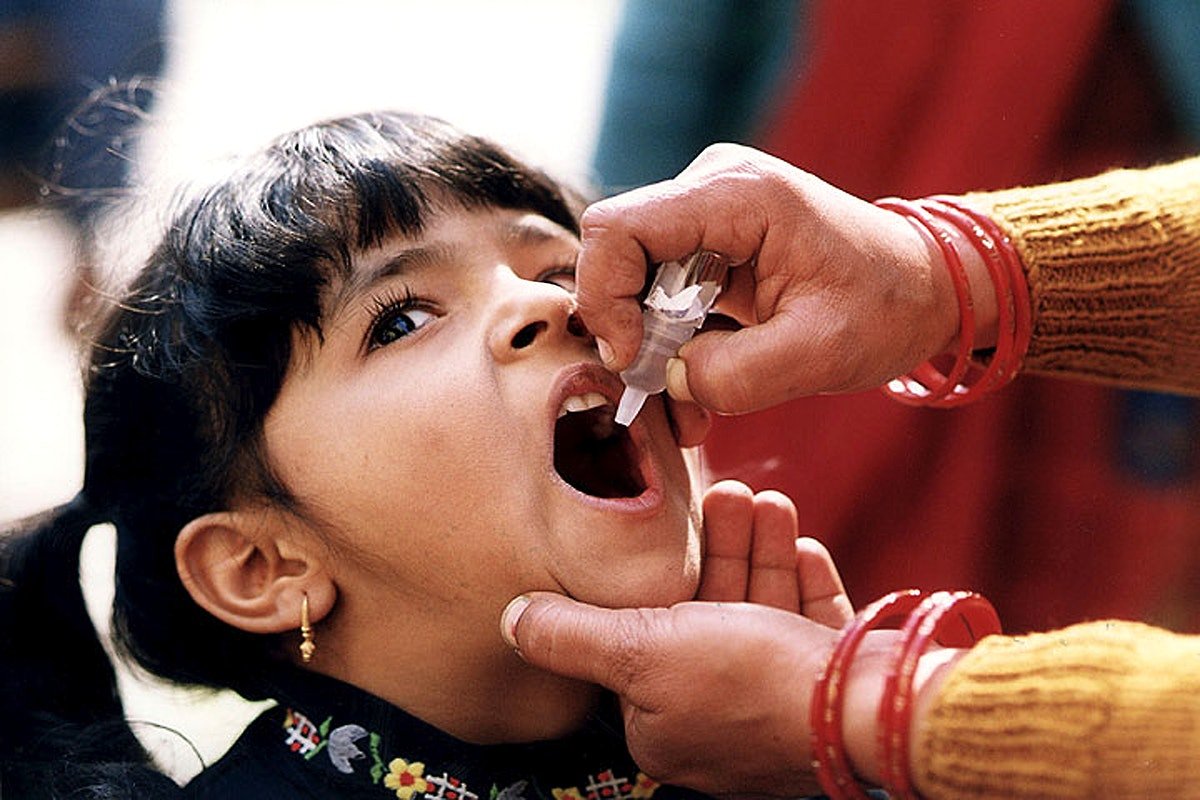
Scientists are not standing still in the face of polio’s resurgence. New vaccines, including updated versions of the oral vaccine, are being tested and deployed to reduce the risk of vaccine-derived outbreaks. Researchers are also developing better ways to track and predict polio’s movements, using cutting-edge genetic analysis and big data tools. The fight against polio is a dynamic battle, with science adapting to meet new challenges.
The Path Forward: A Global Effort
Polio doesn’t respect borders, and neither can our response. The path forward demands cooperation between nations, communities, and individuals. Renewed investment in vaccination campaigns, better surveillance, and open communication are all essential. We must also address the root causes of vaccine hesitancy and make sure that even the most marginalized populations have access to lifesaving immunizations.
A Call to Action: Will We Rise to the Challenge?
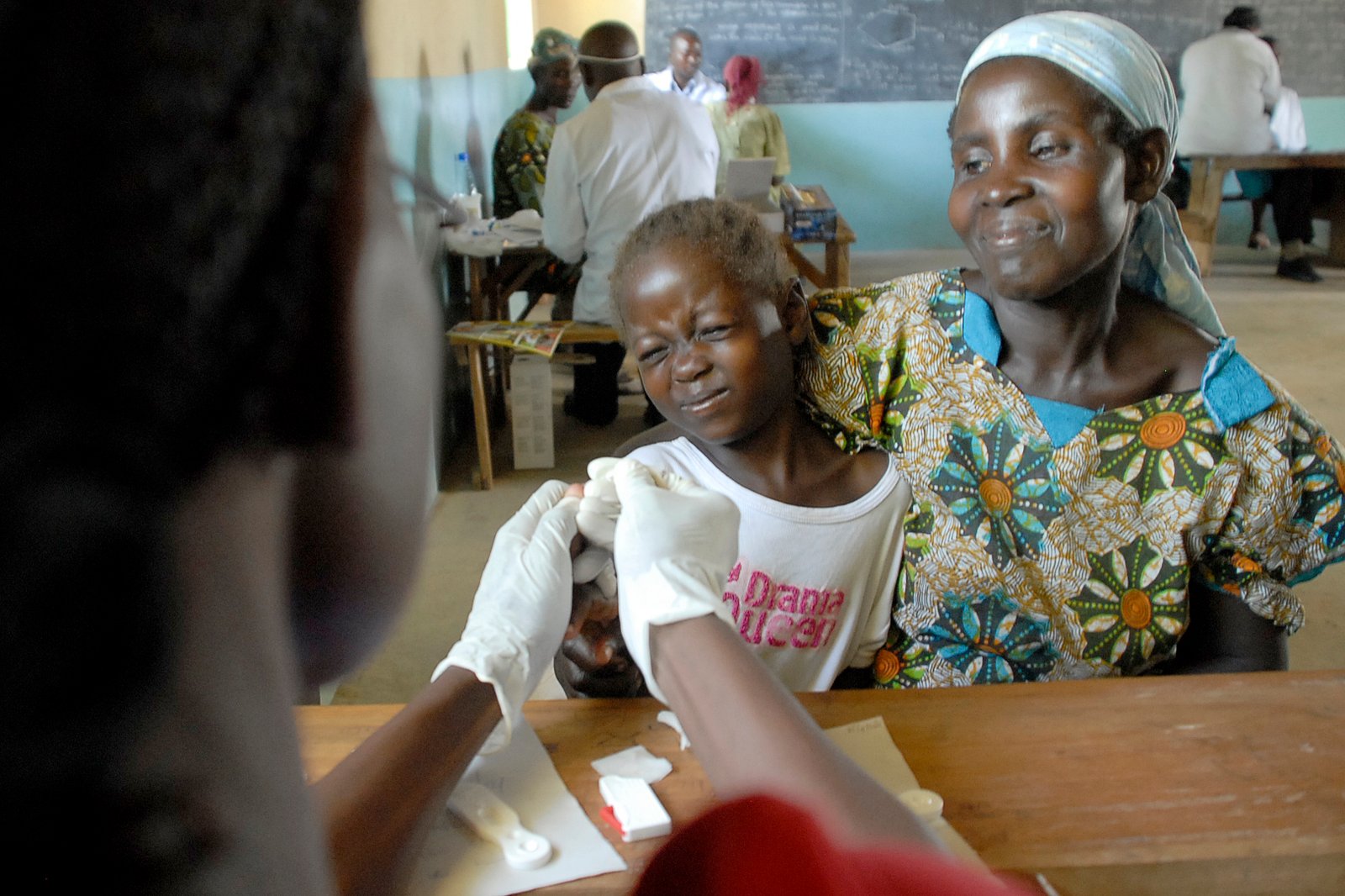
Polio’s comeback is more than just a medical mystery—it’s a test of our resolve, our compassion, and our willingness to protect the most vulnerable among us. The world has beaten polio before, and we can do it again, but only if we act together, with urgency and conviction. The real question is: will we let fear and complacency win, or will we stand up, united, and finish what we started?

